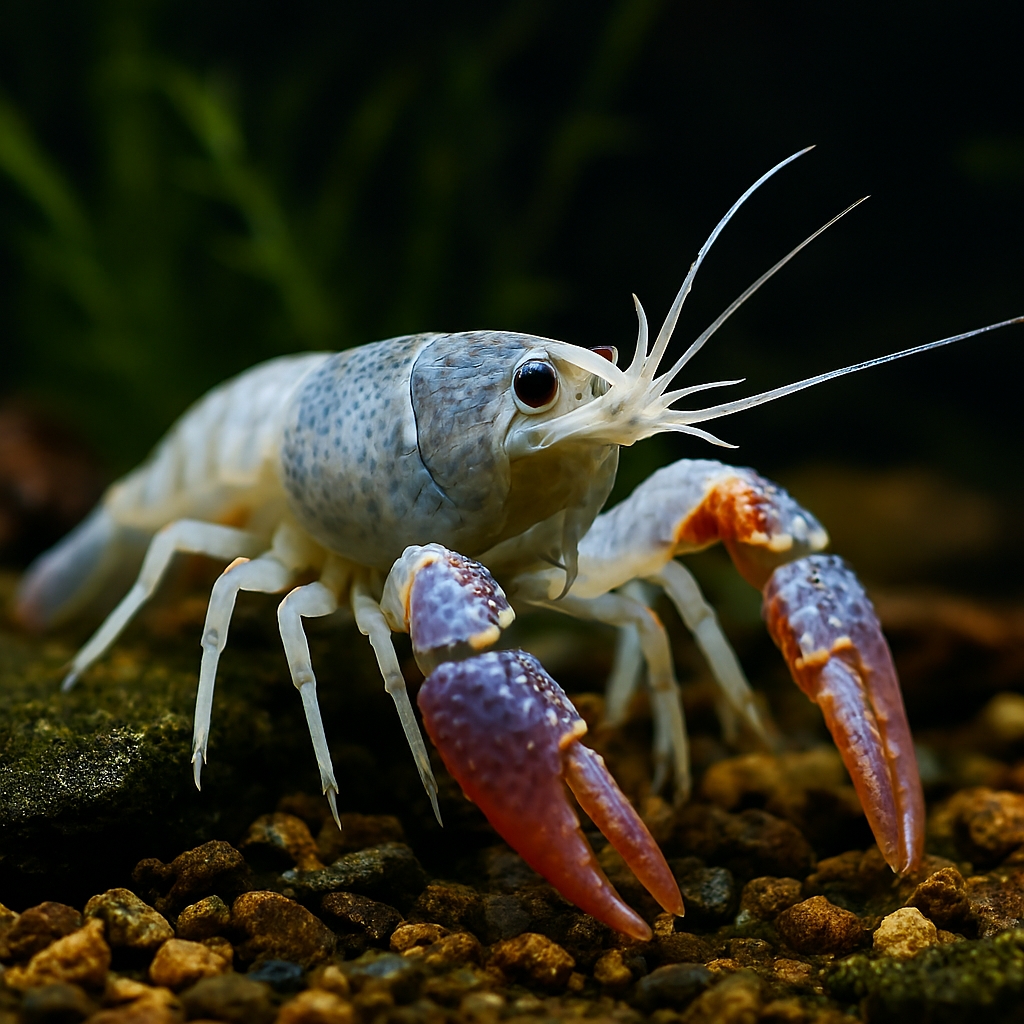The Green Guardians of Our Aquatic Ecosystems
Introduction
Water pollution remains a critical global concern, affecting aquatic ecosystems across the planet. Runoff from agricultural fields, urban areas, and industrial sites introduces excessive nutrients—such as phosphorus and nitrogen—into lakes, rivers, and streams.
These nutrients fuel harmful algae blooms, deplete oxygen levels, and create “dead zones” where aquatic life struggles to survive. In regions like Miami-Dade and Broward counties in Florida, water pollution poses a significant threat to local ecosystems.
But what if we could harness the natural power of plants to mitigate water pollution? Recent scientific studies suggest that certain plant species can indeed play a crucial role in cleaning up waterways.
In this post, we delve into the fascinating world of phytoremediation—the process by which plants extract toxins from polluted water, enhance water quality, and contribute to healthier aquatic environments.
The Green Heroes: How Plants Clean Up Waterways
- Floating Flowers as Waterway Cleaners
Imagine a serene waterway adorned with floating flowers—this picturesque scene isn’t just aesthetically pleasing; it’s also ecologically impactful. Researchers have discovered that these seemingly delicate flowers can extract significant amounts of phosphorus and nitrogen from polluted water over a 12-week period. Here’s what we know:
Phosphorus Removal: The flowers outperform the natural nitrogen cycle by removing 52% more phosphorus from untreated water.
Nitrogen Removal: They also extract 36% more nitrogen, further improving water quality.
Among the tested flowers, giant marigolds steal the spotlight. Not only do they filter water effectively, but they also offer marketable stems and large blooms. Imagine the potential: turning waterway cleanup into a sustainable business venture through the multibillion-dollar floral market. - The Science Behind It
Inspired by traditional floating farm practices, researchers experimented with growing cut flowers on floating rafts. These rafts, made of inexpensive polyethylene foam, were placed in outdoor test tanks that closely mimicked the water conditions of nearby polluted waterways. The flower seedlings—zinnias, sunflowers, and giant marigolds—matured into robust plants, their roots extending into the water. Encouraged by the success of marigolds, the trials expanded to canals in Coral Gables and Little River, where the anchored floating platforms proved effective.
Join the Discussion!
Let’s engage in a conversation about the vital role of plants in waterway cleanup. Have you ever considered the impact of flowers and other vegetation on water quality? Share your insights, experiences, projects and thoughts in the comments below!
By championing the use of plants as natural waterway cleaners, we take meaningful steps toward preserving our precious water resources. Every bloom counts—a testament to nature’s resilience and our responsibility to protect it.
Conclusion & A Blooms Of Hope
In the intricate dance of nature, plants emerge as silent heroes, weaving their roots through waterways and silently battling pollution. As we’ve discovered, floating flowers—those delicate yet resilient blooms—hold immense potential for waterway cleanup. Their ability to extract phosphorus and nitrogen from polluted waters not only enhances water quality but also offers a sustainable solution.
So, what can we take away from this floral symphony?
Nature’s Resilience: The green guardians—zinnias, sunflowers, and giant marigolds—remind us of nature’s resilience. Even in the face of human-induced challenges, they thrive, adapt, and contribute to ecological balance.
Economic Viability: Imagine a future where waterway cleanup isn’t just an environmental necessity but also a profitable venture. By cultivating floating flowers, we not only restore water quality but also tap into the multibillion-dollar floral market.
Our Role: As stewards of the Earth, we play a vital role. Let’s celebrate every bloom, every leaf, and every stem that contributes to cleaner waterways. Whether you’re a scientist, a gardener, or simply someone who appreciates beauty, your actions matter.
In the quiet ripples of a stream, let’s find hope—a promise that our efforts, like those of the floating flowers, can transform polluted waterways into thriving ecosystems. Together, we’ll ensure that future generations inherit not just water, but a legacy of care and conservation.
Remember: Every petal counts. 🌼💧
Thank you for joining us on this journey through waterway restoration. Let’s continue to explore innovative ways to protect our environment and celebrate the wonders of nature. For more info & demonstrations check out video channel here.

















Leave a Reply